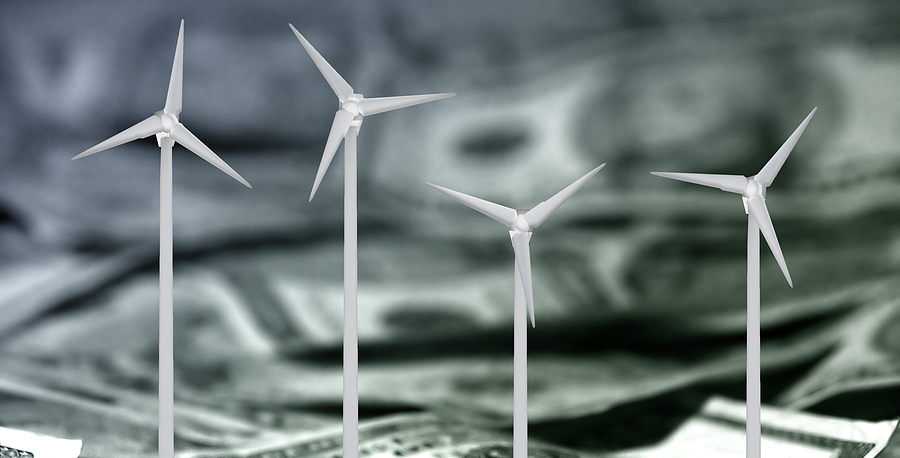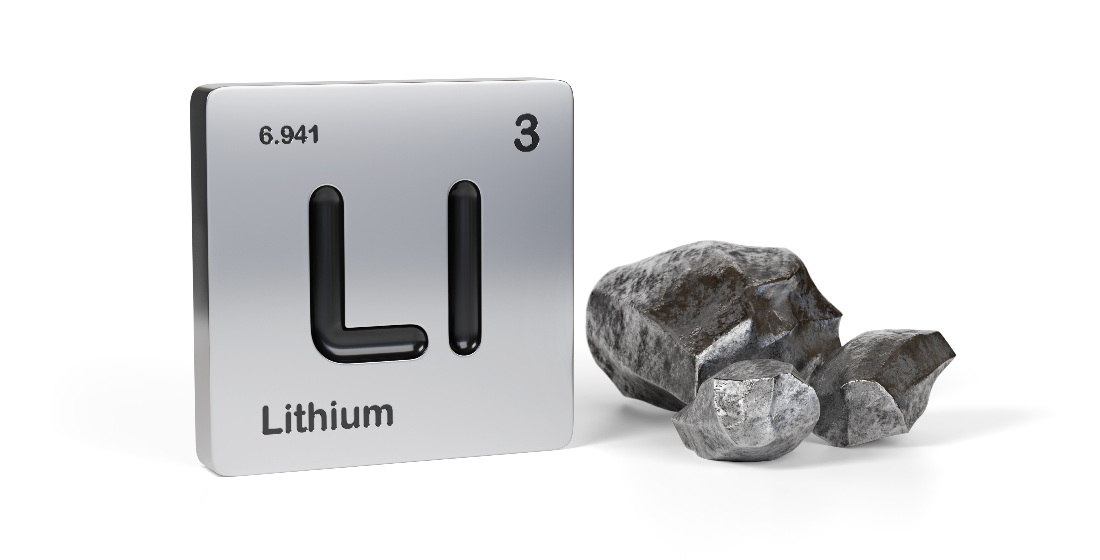Uzbekistan renewables: The great Tashkent DFI cash dash
If a template were needed for DFIs and MDBs on how to kick-start and accelerate a developing market renewables sector – Uzbekistan would be a prime candidate. The project pipeline is growing fast, developer appetite is well and truly wetted and even green hydrogen looks set to become a reality in a country that had just 1MW of installed wind capacity in 2021.

In 2020 around 10% of Uzbekistan’s generation capacity was renewables – and of that 10%, fairly antiquated hydro projects accounted for 8% according to the International Energy Agency (IEA).
Contrast that with the news earlier this month that ACWA Power has signed head of terms agreements with the Uzbekistan government and state-owned Uzkimyosanaot for the country’s first green hydrogen project.
ACWA has an accelerated development timeline for the project and is targeting commissioning for December 2024, which might prove challenging if the developer is planning on tapping DFI or ECA support for the scheme. But how the project gets financed is less important than its standing as a measure of how rapidly the Uzbek renewables sector is developing – a green hydrogen project in Uzbekistan would have generated laughter as a market prediction last year.
Although Uzbekistan has made great strides with energy liberalisation, the introduction of a specific renewable energy law and a PPP law (both in 2019), much of the accelerated development is also symptomatic of the significant support the Uzbek renewables sector is getting from DFIs and MDBs – notably the IFC, EBRD, Proparco, DEG and ADB.
Demand for DFI debt growing
Given a pure commercial bank deal is still a long way off, the ballooning DFI backing is good news for would-be developers that are looking at a significant project pipeline in the country. Although most commercial lenders would concede the bankability of Uzbekistani renewables projects is relatively strong because of government backing of offtake obligations, long-term PPAs and tariffs in US dollars, the country’s sovereign rating is still three notches below investment grade, despite having been upped by Moody’s to Ba3 from B1 last month.
The current level of DFI support shows no signs of diminishing in the immediate future, particularly as Uzbek renewables projects transition from medium- to utility-scale. For example, Masdar’s Nur Navoi Solar PV scheme – Uzbekistan’s first solar IPP, financed in 2020 by IFC, ADB, World Bank and EBRD – was just 100MW in scale. Two years later and Masdar was back with a project financing for its $580 million 500MW Zarafshan wind scheme – the first wind IPP to reach financial close in Uzbekistan.
The increasing scale of projects reflects the upping by the Uzbekistan government of its initial renewables ambitions. The government’s Energy Supply Security Concept 2020-2030, issued in April 2020, targeted 8GW of renewables – 3GW of wind and 5GW of solar – to come on stream by 2030. In 2022 the targets were upped to 8GW to be in place by 2026, and a further 4GW by 2030 – 12GW in total, of which 5GW will be wind and 7GW solar.
Given the burgeoning developer appetite for the market – for example, an RfP launched in December for a 300MW solar project near Kashkadarya went out to eight prequalified bidders – the Uzbek government’s capacity ambition will very likely be met. But the timescale for 8GW by 2026 seems overly optimistic given at the end of 2021 Uzbekistan had only 1MW of installed wind capacity and 104MW of installed solar, according to renewables consultancy Enerdata.
ACWA’s ballooning portfolio
Of all the developers looking to build a major portfolio in Uzbek renewables, Masdar and ACWA continue to demonstrate the strongest appetite and have the most tender success – ACWA’s Uzbek investment portfolio is now only second in size to its domestic Saudi portfolio and continues to grow.
In late December 2022 ACWA signed power purchase agreements (PPAs) and investment agreements with the Uzbek government to develop the $2.4 billion 1.5GW Kungrad wind farm in Karakalpakstan (formerly referred to as the Karakalpakstan Wind IPP). The project will comprise three 500MW plants, with each incorporating a 100MW capacity battery energy storage system. When complete, the scheme will be the largest single-site wind farm in Central Asia.
In the same month ACWA also raised two syndicated loans totalling $520 million to part finance construction of its 500MW Bash and 500MW Dzhankeldy wind projects in the Bukhara region.
The deal has heavy EBRD backing. The Bash project debt comprises a $277 million facility split between a $150 million EBRD A loan and a $127 million B loan syndicated to commercial lenders. The Dzhankeldy financing totals $243 million split between a $150 million A loan and a $93 million B tranche. The two projects will be co-financed by DEG, Proparco, Standard Chartered and other commercial lenders.
Masdar looking for financing
Masdar has also been adding to its deal pipeline, most recently winning a tender for a 250MW solar project in the Bukhara region. Voltalia and Powerchina were also successful in the same tender, winning 100MW and 150MW schemes respectively.
Masdar’s biggest Uzbekistan deal to date has been the Zarafshan wind project financing in 2022 which closed despite an increase in base rates between PPA signing and financial close. The deal arguably set the template for wind IPP financing in the country and included some novel financial engineering specifically designed for the Uzbek market: notably, provision by the EBRD of a revolver to cover construction period VAT payments – the first time a DFI had offered such an instrument in the country.
This year Masdar is looking to reach financial on three solar plants that were tendered in the first half of 2021 – the 220MW $202 million Samarkand solar IPP, the $207 million 220MW Jizzakh solar IPP, and the $431 million 457MW Sherabad solar project. The EBRD is considering providing debt for all three schemes, and other DFI lenders that participated alongside EBRD in Masdar’s Zarafshan deal – ADB, IFC and JICA – are also likely looking at the financings.
And lest we forget, in 2021 Masdar signed an implementation agreement with the government to expand the capacity of Zarafshan from 500MW to 1.5GW. That expansion, even if phased and funded with a considerable equity portion (Zarafshan was financed on a 52/48 debt to equity ratio), will still require significant amounts of debt.





